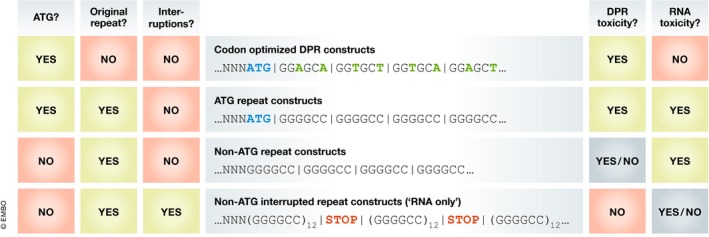Figure 4. Constructs used to model C9ORF72 gain‐of‐function toxicity.

First, codon‐optimized DPR constructs generate DPRs but do not have the potential to inflict RNA toxicity since the lack of a repetitive sequence. Therefore, these constructs allow an easy modeling of DPR toxicity. Second, ATG repeat constructs can theoretically induce RNA toxicity but by default also generate DPRs. Therefore, RNA toxicity cannot be investigated with these constructs. Third, repeat constructs lacking an ATG start codon (i.e., “non‐ATG repeat constructs”) can also give rise to RNA toxicity while DPR generation is uncertain since it needs to rely on RAN translation. Therefore, by assessing the presence of DPRs these constructs can be used to assess RNA toxicity. Fourth, so‐called “RNA only” constructs should theoretically only give rise to RNA toxicity as the repeat sequence is regularly interrupted by stop codons interfering with RAN translation.
